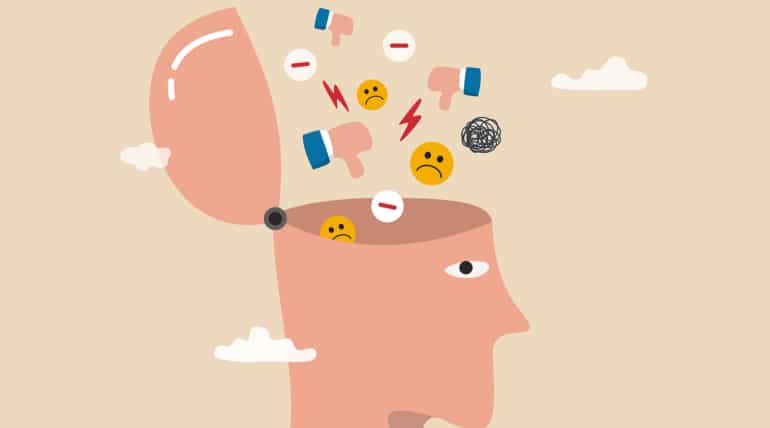Studies surrounding nitric oxides date even further to the late 18th century when scientists narrowed their focus on the role of chemicals in human bodily functions. Fast forward to the late 1980s, and three scientists were awarded for uncovering the relationship between nitro-oxide & cardiovascular.
Most recently, Dr. Haitham and his team from Hebrew University recently set out to find the link between nitric oxide and Autism. The research team established an experimental setting using mice. They were able to raise or lower the amount of nitric oxide in the brains of mice & observe the mice’s behavior patterns.
Study Results
It was noted that the mice in the study displayed less social interaction and more significant anxiety when nitric oxide levels were higher. The mice also developed more repetitive behaviors.
Conversely, when nitric oxide levels were reduced, these behaviors decreased significantly. For example, the mice showed more interest in interacting with unfamiliar objects and displayed less anxious behavior.
In an Interview with Amal, the lead researcher for the project, he mentioned that this research was the first to measure nitric oxide’s correlation with Autism. He also hoped that the findings would help shed more light on the neurological disorder and its causes.
Dr. Stanford Snyder
Three decades ago, researchers at the esteemed Johns Hopkins University, led by Dr. Stanford Snyder, set to work uncovering the role of nitric oxide in aiding healthy brain cell communication. Unfortunately, they also determined that excess Nitric Oxide was extremely detrimental – increasing risks of degenerative diseases such as strokes, Parkinson’s, Alzheimer’s, and ALS (otherwise known as Lou Gehrig’s).
These findings could be instrumental in unlocking further innovations regarding treatments for Autism. As of now, a definitive cure or even attempted remedy through drug-based interventions is yet to be devised. While practitioners can address some of the common co-occurring conditions, such as aggression or behavioral challenges in children, adults living with Autism require more comprehensive approaches that involve customized therapies.
Autism Prevalence
The number of individuals living with Autism is startling, according to recent data released by the CDC, which indicates that nearly one out of every thirty-six children have been diagnosed. This substantial growth from the 2010 rate of 1 in 68 suggests Autism to be one of the most prevalent developmental disorders.
It is undetermined whether these high rates are attributable to better diagnosis or other causes, but the sheer amount of individuals affected has posed a challenge to enough mental health professionals to meet the demand. Keeping pace with this rapidly growing figure is an immense undertaking.
major roadblocks
In another interview with Dr. Stormi, a program manager at the Marcus Autism Center, she discussed another major roadblock: access to specialized autism care is not equally distributed. While larger urban areas such as Atlanta might have more resources available, rural areas sometimes go without proper supervision or diagnoses due to a lack of trained medical professionals and specialists needed for early detection.
She suggests that increasing public awareness and providing more affordable options for families could help bridge the gap.




